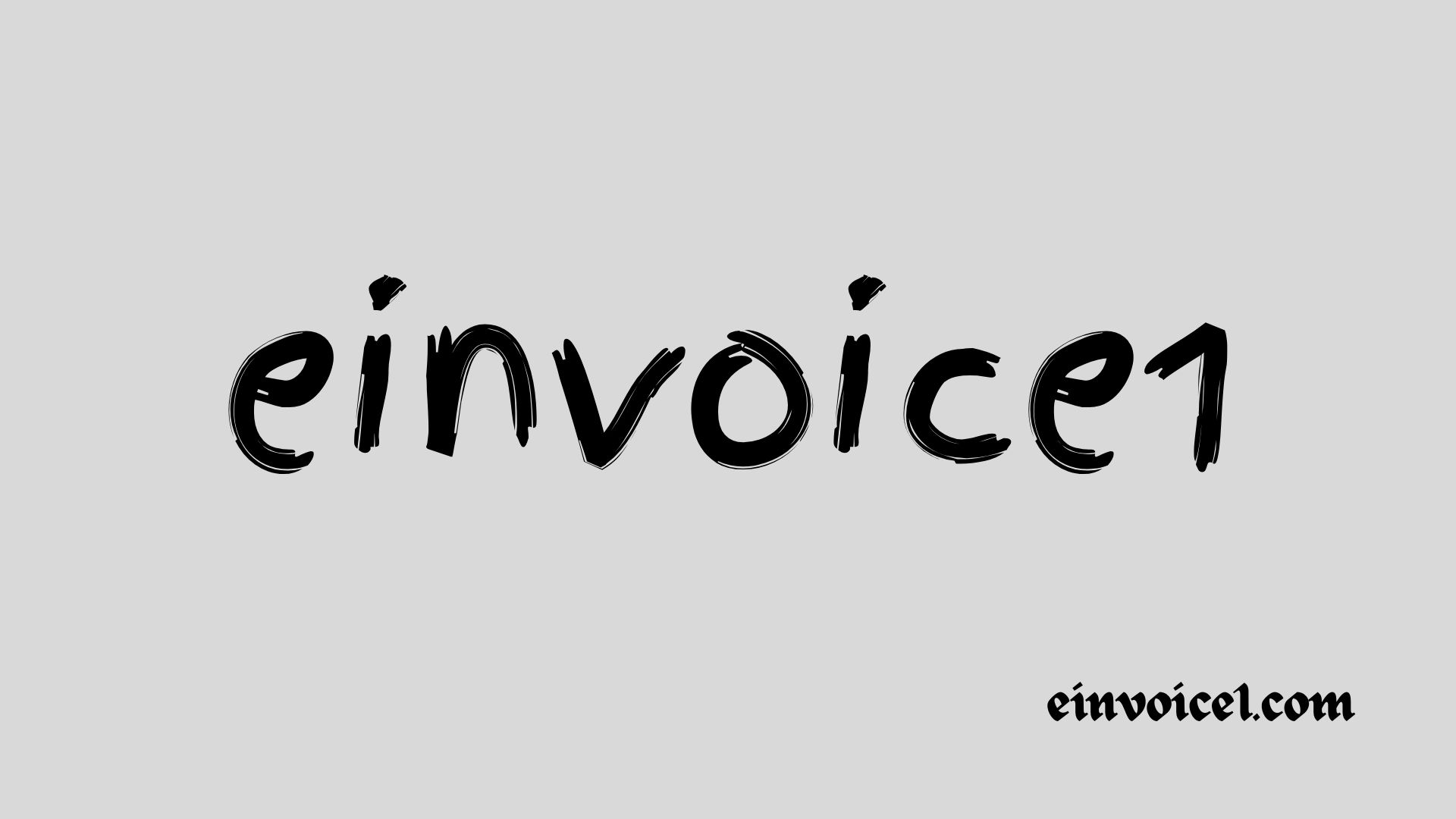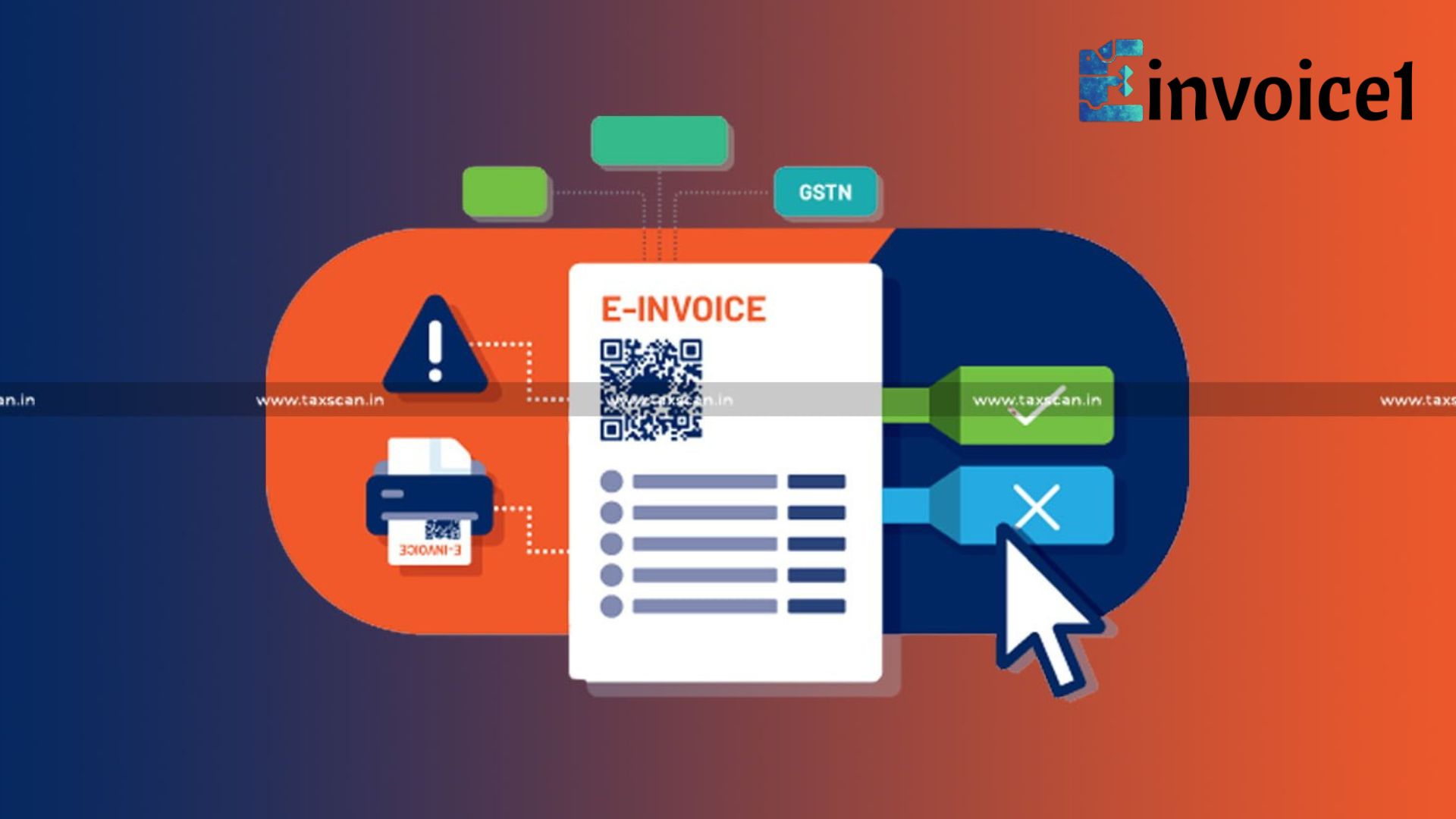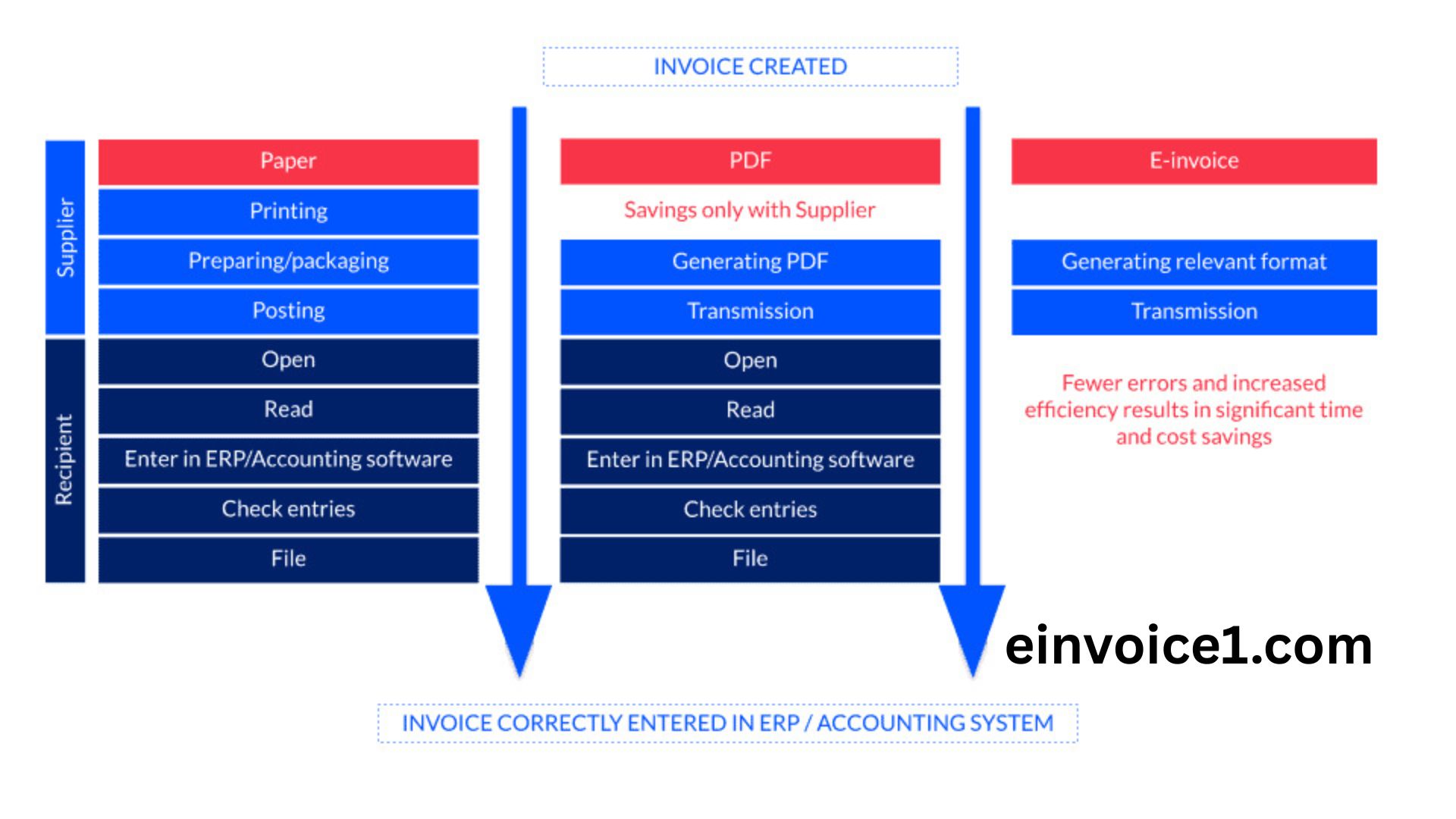The concept of e-invoicing in India has moved from being an experimental step to a full-scale regulatory requirement for many businesses. What began as a system meant only for the largest enterprises has gradually expanded to cover more and more taxpayers. Today, every businessman whose turnover crosses a specific threshold must issue invoices in electronic format through the government-approved system. This threshold is known as the e invoice mandatory limit, and entrepreneurs, accountants, and compliance teams need to understand exactly how it works.
The Origins of E-Invoicing in India
When the Goods and Services Tax (GST) was introduced in 2017, one of the major challenges faced by the government was ensuring transparency in reporting. Traditional paper invoices or simple digital formats often contained errors, delays, or even fraudulent data. To resolve these issues, the concept of e-invoicing was introduced.
Businesses using e-invoicing must create invoices using a standard format and submit them to the Invoice Registration Portal (IRP). The invoice is given a QR code and an Invoice Reference Number (IRN) after it has been uploaded. This procedure verifies the invoice and guarantees that information is automatically transferred to the e-way bill portal and the GST system.
At first, only very large companies—those with a turnover of more than ₹500 crore—were required to comply with the requirement. Before progressively extending the coverage, the system was supposed to be tested with businesses that had robust digital infrastructure. However, the required e-invoice limit has gradually been lowered over time, including medium-sized and small businesses.
Evolution of the e invoice mandatory limit
There was a defined timeline for the e invoice mandatory limit reduction. Businesses with a turnover of more than ₹500 crore were added to the system on October 1, 2020. The threshold was lowered to ₹100 crore on January 1, 2021, a mere three months later. On April 1, 2021, businesses with annual revenue over ₹50 crore were required to comply with the next phase.
The threshold was reduced to ₹20 crore in April 2022 and then to ₹10 crore in October 2022. Ultimately, the cap was lowered to ₹5 crore on August 1, 2023. Accordingly, any company that has generated more than ₹5 crore in revenue in any fiscal year since 2017–18 is required to generate electronic invoices for every business-to-business transaction.
This gradual reduction shows the government’s intent. Rather than imposing the rule on all businesses at once, authorities created a phased approach, giving enterprises time to upgrade their systems and processes. Each phase brought in tens of thousands of new taxpayers under the compliance net, expanding the reach of e-invoicing across industries.
Why the Government Keeps Reducing the Limit
Policymakers see the lowering of the mandatory threshold as having multiple benefits. It improves transparency first. The government can better track GST collections if more transactions are reported electronically in real time. By doing this, evasion is lessened and companies are prevented from underreporting their sales.
It also standardizes the keeping of records. It is simpler to match sales and purchase data across various taxpayers when all invoices are produced in a structured digital format. By ensuring a smooth input tax credit flow, this lowers buyer-seller disputes.
Third, it aligns India with global best practices. Many countries, including those in Europe and Latin America, have already adopted e-invoicing for businesses of varying sizes. India’s phased approach shows a long-term vision of eventually covering all GST-registered businesses.
Finally, reducing the limit also supports the Digital India initiative. By making businesses adopt technology in everyday compliance, the government indirectly promotes digitization in the private sector. This not only improves tax governance but also modernizes business processes across industries.
Current Rules on Mandatory Limit
As of now, the e invoice mandatory limit threshold is ₹5 crore. Any business that crossed this turnover in any financial year since 2017-18 must issue e-invoices for B2B transactions, exports, and certain types of supplies. It is important to note that the requirement is not just for the current year. If your turnover was ₹6 crore in 2020-21 but dropped below ₹5 crore later, you are still required to issue e-invoices today.
The PAN-level aggregate turnover, not the GSTIN, is used to determine the limit. This implies that when determining the threshold, the total turnover is taken into account if your business has several GST registrations in different states.
The government has also imposed a deadline for reporting invoices for taxpayers with a turnover of more than ₹100 crore. There were no restrictions at first, but as of November 2023, invoices had to be reported to the IRP within 30 days of being issued. With effect from April 2025, this regulation was expanded to include companies with annual revenue exceeding ₹10 crore in 2024. This implies that in addition to creating invoices, mid-sized businesses must also be mindful of timely reporting.
Looking Ahead: Possible ₹1 Crore Threshold
Industry experts believe that the next logical step will be reducing the limit to ₹1 crore, possibly in 2025. While no official confirmation has been published yet, multiple reports suggest that the GST Council has already discussed the proposal. If implemented, this move would bring lakhs of small and medium enterprises into the e-invoice system.
For business owners, this is both a challenge and an opportunity. On one hand, smaller firms often lack robust accounting systems and may find compliance burdensome. On the other hand, adopting e-invoicing early can streamline operations, improve accuracy, and reduce manual effort. It also prepares businesses for future expansion since larger customers often prefer dealing with compliant vendors.
Risks of Non-Compliance
There are severe repercussions if the required limit is not met. According to GST law, an invoice that is issued without the appropriate IRN generation is deemed invalid. This implies that your client is unable to claim the input tax credit, and you might be subject to fines. The maximum penalty is ₹10,000 per invoice, or 100% of the total tax amount, whichever is greater.
Business relationships are also impacted by non-compliance. Because it jeopardizes their tax credits, buyers might be reluctant to do business with suppliers who are unable to produce legitimate electronic invoices. Missing e-invoices can also result in additional scrutiny, interest charges, and reputational harm during audits or investigations.
In summary, not implementing e-invoicing when necessary raises financial risk and erodes long-term relationships with partners and customers.
How Businesses Can Prepare
For entrepreneurs whose turnover is approaching the ₹5 crore or ₹10 crore mark, preparation is key. The first step is upgrading billing and accounting systems to ensure they can integrate with the Invoice Registration Portal. Most modern ERP and accounting software now provide built-in e-invoicing features, but businesses should test the systems thoroughly.
Training staff is equally important. Employees must understand how to generate invoices in the correct format, upload them to the IRP, and handle any errors or rejections. Businesses should also maintain an internal compliance calendar to avoid missing deadlines, especially when the 30-day reporting window applies.
It is also wise to work closely with GST consultants or chartered accountants. The rules continue to evolve, and professional guidance ensures that you do not overlook key updates. For smaller businesses, outsourcing invoicing to specialized service providers may be a practical solution until in-house systems are upgraded the e invoice mandatory limit.
The Benefits of Compliance
While e invoice mandatory limit may feel like a regulatory burden, it actually brings significant benefits to businessmen. First, it reduces errors. Automated systems ensure that invoice details such as GSTIN, HSN codes, and tax calculations are accurate. This lowers the risk of disputes with customers and the tax department.
Second, it improves cash flow. Since invoices are generated and validated instantly, there are fewer delays in processing payments. Buyers are also more comfortable making timely payments when they receive a proper e-invoice with a QR code.
Third, compliance strengthens business reputation. In competitive industries, being technologically advanced and compliant sets you apart from peers. Many large corporations now insist on e-invoices from vendors, so compliance opens doors to better contracts.
Lastly, digitization creates efficiency. Businesses no longer need to store boxes of paper invoices or manually prepare GST returns. With invoice data already integrated into the GST system, filing returns becomes faster and more accurate.
Conclusion
The journey of the e invoice mandatory limit in India reflects the government’s long-term strategy of making tax compliance transparent, digital, and universal. From the initial ₹500 crore threshold to today’s ₹5 crore limit, each step has expanded the system to cover more businesses. Future changes may bring the bar down to ₹1 crore, making it essential for even small enterprises to adopt e-invoicing practices.




